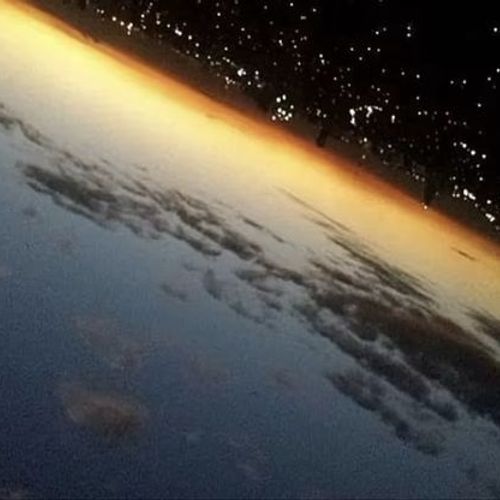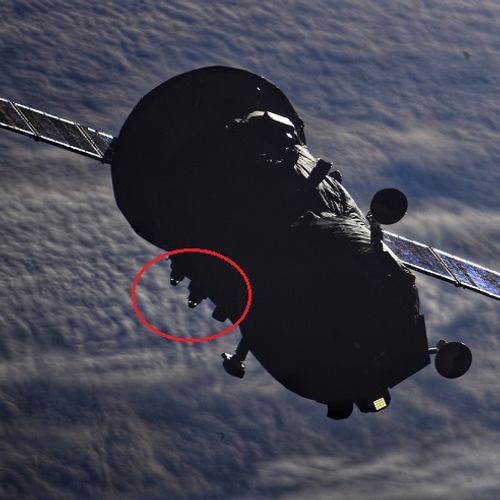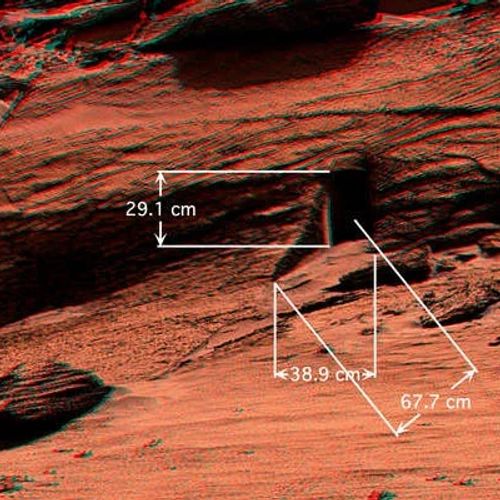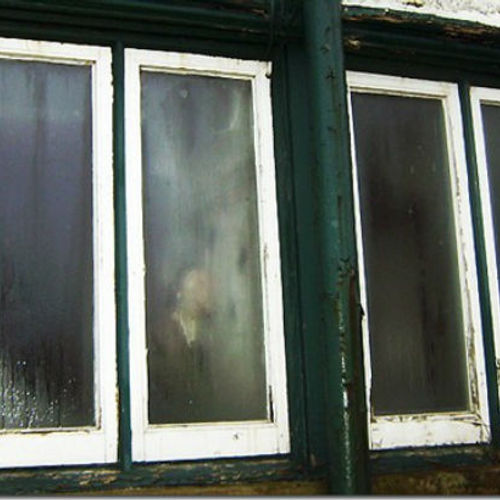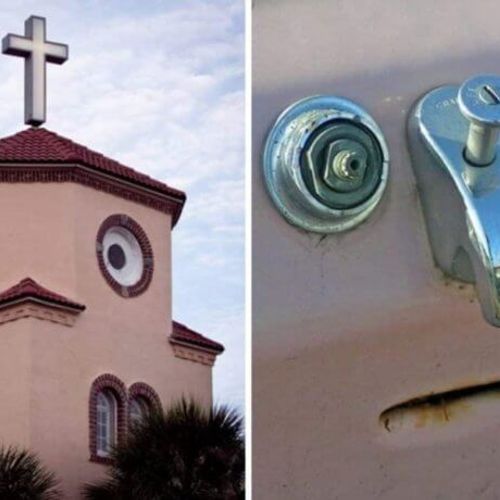
| Added | Wed, 19/08/2020 |
| Источники | |
| Дата публикации | Wed, 19/08/2020
|
| Версии |
In the life of each person there were situations when an ordinary object seemed very similar to a human face or the muzzle of an animal. The bowling ball sometimes resembles the head of a man with round eyes and a surprised open mouth. The back of some Soviet clocks is similar to the face of a sad man.
There are no such examples and you have already understood what I mean, because you have seen such "optical illusions". In scientific language, this phenomenon is called pareidolia and I have already told about it in one of my materials. I present a link to it at the end of this article, and in the meantime I suggest to understand why we see faces in inanimate objects.
Australian scientists believe that illusions arise from the peculiarities of thinking of the human brain. Believe me, there is nothing strange about this unusual phenomenon, and if you think that objects can "express emotions," you are not crazy.
The scientific publication Psychological Science explained why many people see the outlines of faces in ordinary objects. As mentioned above, this phenomenon is called pareidolia. It was previously thought to be due to the fact that the human brain likes to look for associations. After all, we really find it interesting and funny that household appliances, houses and so on something resemble people and animals.
Photos with "lived" objects on the Internet are full - you can enter the search "pareidolia" and you will see everything. But let's first find out what scientists from the University of New South Wales (Australia) think about this phenomenon. In their opinion, the reason for pareidolia is not only our natural love of finding associations. They believe that our brain sees faces in ordinary objects because it is well trained in facial recognition.
Each person has facial features that distinguish him from the people around him. But in general, our faces are very similar to the location of the eyes, nose, mouth and so on. It just so happened that human eyes are located on the top of the face, and the nose and mouth are below. When a person sees two screws nearby, and underneath them is something similar to a nose and mouth like a doorknob and a keyhole, he thinks it's the face of a man.
But it's not enough for the human brain to recognize a person by face. It is also important for the brain to find out its emotional state: he is either sad, angry or calm, interesting or bored, and so on. So, if a person seems that a house in sight with two eyes resembling huge windows seems to look directly at him, then it is the brain just trying to recognize the possible face and consider it an emotion. At the same time, the researchers note that all people clearly realize that the surrounding objects with "live" features are not really alive.
At its core, pareidolia is a side effect of our ability to quickly recognize the faces of well-known people. When primitive people began to interact more actively with each other, to group together and provide support, their brains began to improve. Ultimately, today we recognize faces perfectly and sometimes this ability works so well that we see faces where they don't exist.
The authors of the scientific work believe that it is better to have a facial recognition system, which is too sensitive, than vice versa. In any case, pareidolia does not create any inconvenience and notice unusual items are sometimes even funny.
At the beginning of the article, I promised to share links to several materials that mention pareidolia. In the first one, I talked about how scientists found a huge face, a bigfoot, a flying spoon, and other strange objects in photos of the surface of Mars. In fact, all these objects are stones that our brain perceives as something more complex. In this case, we are also talking about pareidolia, but in a slightly different form.
Новости со схожими версиями
Log in or register to post comments













